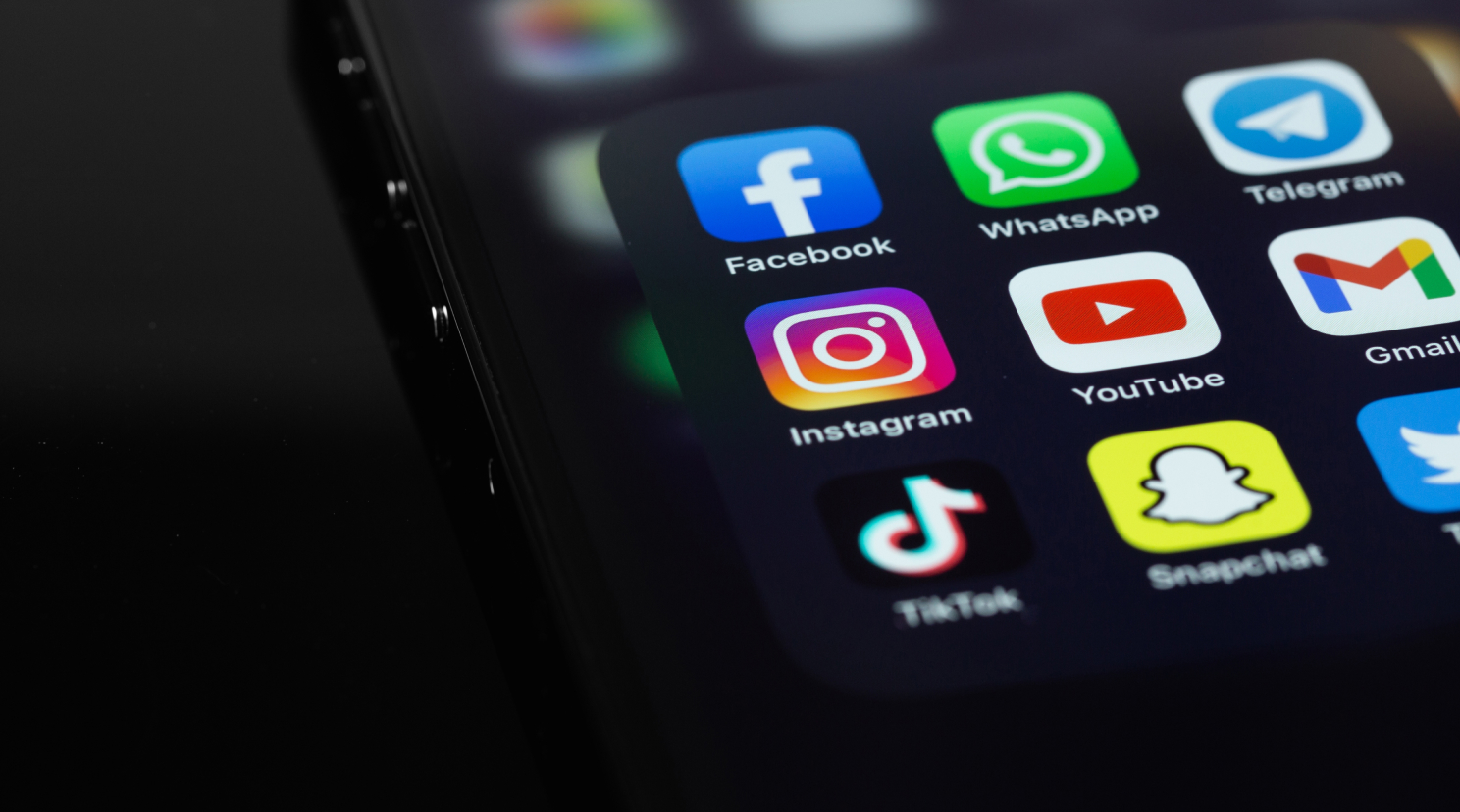How To Choose The Right Marketing Channels For Your Digital Marketing Campaigns
Digital marketing is a necessity in modern business. More companies advertise in search, social, and display marketing channels to compete for consumers’ attention and keep abreast of their demands. The company’s overall message should be consistent across all channels and tailored appropriately to suit the channel and the audience. However, many companies mistake broadcasting the same marketing message across all channels, resulting in poor performance and missed opportunities. Each marketing channel is unique, and you must select marketing channels that match your message and desired audience. While there are no definitive rules that define which marketing channels do or do not work for specific messages, you can use this post as a rough guide.
First Things First
Before you can decide which channels to use, you need to:
1. Consider your marketing objectives:
Do you want to build awareness? or maintain top of mind awareness?
Are you aiming to generate sales leads or online sales? If so, what is your target per week/month/year? Or are you aiming to increase the quality of the sales leads? Are you working towards increasing conversion rates? Or are you aiming to increase the amount each customer spends on each conversion?
2. Perform an in-depth analysis of your target audience:
What types of content do they respond to?
Where do they go to obtain this content?
What expectations do they have from companies in your industry?
3. Decide on the message you want to send out:
Does it align with your company’s branding?
Will it be engaging and strong enough to differentiate yourselves from the competition and achieve your marketing objectives?
When considering social marketing on Facebook, LinkedIn, Twitter & TikTok, it is essential to differentiate between paid, owned and earned (free) marketing.
You’re communicating with an audience who have already engaged with your brand or business with owned social marketing. They have seen the social media icons bearing your names and tags in your shop or on your flyer, visited your website and followed you from there, or they may already be a repeat customer.
This is not to be confused with earned marketing, where you have garnered recognition or attention from outside resources that drive traffic to your owned channels. Earned social media marketing includes word of mouth from satisfied clients and industry influencers talking about your product with their own followers.
Paid social media allows you to introduce your company, products and services to a broader audience who may be interested in your offerings (but are not yet aware of your brand) through paid or sponsored advertisements.
The key distinguisher is that although earned social media marketing is free, you have no control over what is being said and how your brand is being promoted. We’ll focus on the types you have control over: owned and paid social media marketing.
With owned social media marketing, it’s rarely a good idea to ‘sell’, as many followers are already customers or otherwise connected with your company. Instead, this audience is more receptive to content that shows you are engaging, interacting, or responding to their needs. Some good examples of owned social media marketing content include:
- asking for feedback or opinions
- making exclusive offers, such as a ‘members-only’ discount
- sharing user-generated content from customers and followers
- posting news and updates to products and services
- responding to questions and feedback in a positive way
- sharing or reposting topical content that followers can share
With paid social media marketing, you are communicating with people who also don’t want a sales pitch and, unlike owned and earned social channels, are not as engaged with your brand, services or products. The key to successful paid social media marketing is to ensure that customers don’t feel like their being ‘sold to’ when exposing them to your brand’s ads. Some examples of effective use of paid social marketing:
- brand awareness
- building a following for owned marketing channels
- announcing new products or services
- advertising products or services that are currently trending
- competitions, giveaways, and sales
- public relations (PR)
Within social media marketing, it’s also essential to choose the social network that best matches your audience and message. For example, LinkedIn focuses on professional relationships, while Facebook is primarily for personal relationships. Sending links to business blog posts is poorly received on Facebook but works well on Linkedin. Linkedin and Twitter are effective for B2B companies, but Facebook, Instagram, and Pinterest all work well for B2C brands. Some channels can go nicely for B2B and B2C, such as Twitter – where both businesses and consumers can keep up with the latest trending topics.
Everyone uses search engines to answer questions and solve problems. Since almost every product or service imaginable solves some problem, it’s clear why search engine marketing suits direct sales so well.
However, people use search engines for a lot more than just buying goods and services. Search engine marketing can cater to most marketing needs as long as your targeting options are configured correctly. Here are some marketing messages that suit search engine marketing:
- direct sales and leads
- brand awareness
- reputation management and PR
The key to using search engine marketing for such a wide variety of purposes is targeting. By targeting specific types of search phrases, demographics, geographic locations, devices and more, you can tap into distinct audiences that would be most receptive to your message.
Display marketing
This marketing channel displays your marketing message on Google’s networks of publisher websites. You can target audiences based on interest, demographic, or targeting specific publisher websites. Display marketing is also a powerful channel to utilise for remarketing campaigns, by using your website’s data, or your first-party data (customer match)
Many companies discount display marketing due to past performance. However, with all the optimisation options available, this marketing channel can be highly effective, especially with remarketing, which can deliver conversions at significantly lower costs than many other channels.Nowadays, with the introduction of customer match, you can also reach your customers or find new potential customers with similar interests using personalised ads on the Google Display Network.
When delivered in a timely and relevant manner, display marketing can be very powerful for:
- brand awareness
- product and service releases
- event promotion
- competitions, giveaways, and sales
- direct sales and leads
When planning your next advertising campaign, identify your marketing objectives and target audiences before selecting your marketing channels. When you have done that, select your channels based on how effective they are at reaching your desired audience.
Most importantly, craft your marketing message to suit each channel you advertise. There is so much content available to users across all marketing channels. Give your content the best chance at engaging your audience. Want us to help you grow your business and manage your marketing message across search, social and display marketing channels, talk to us today.

 Previous
Previous Next
Next








